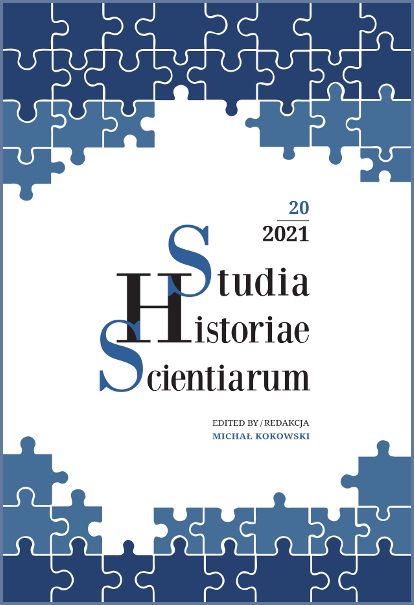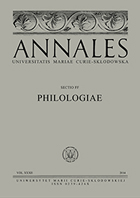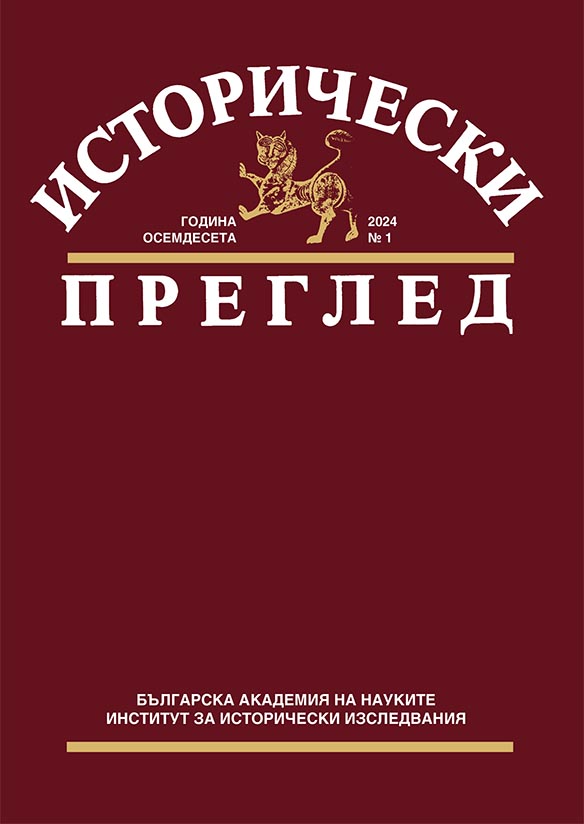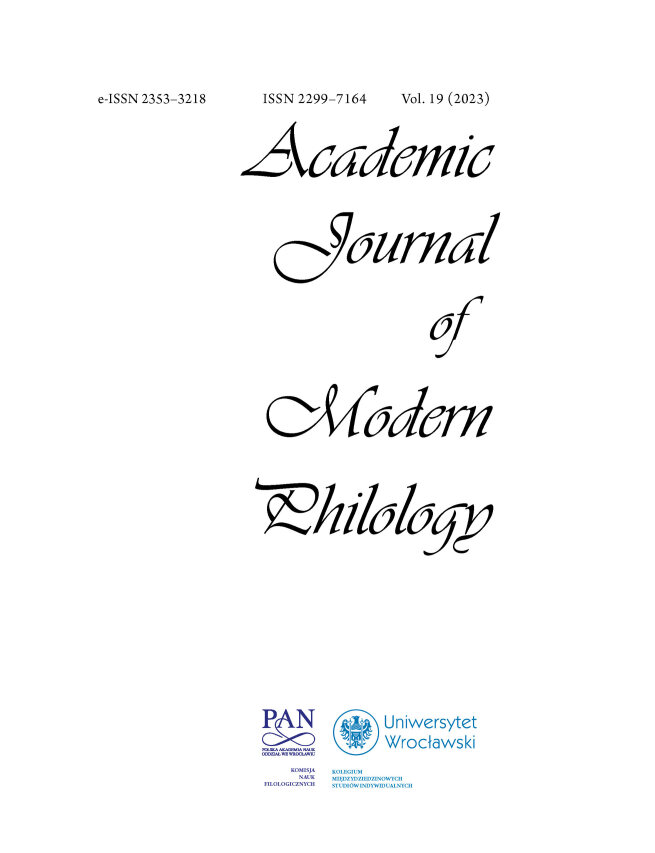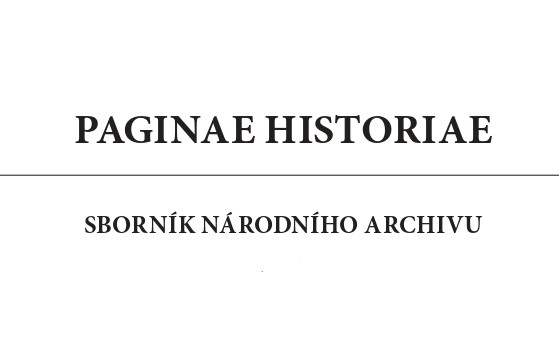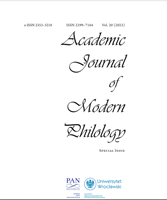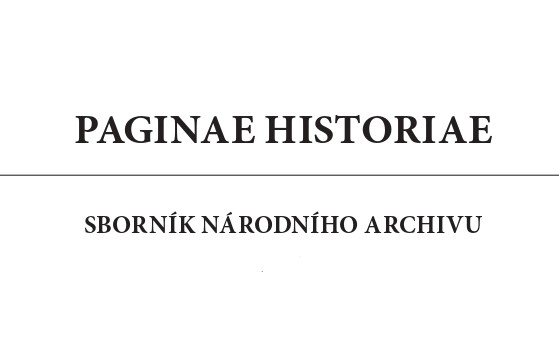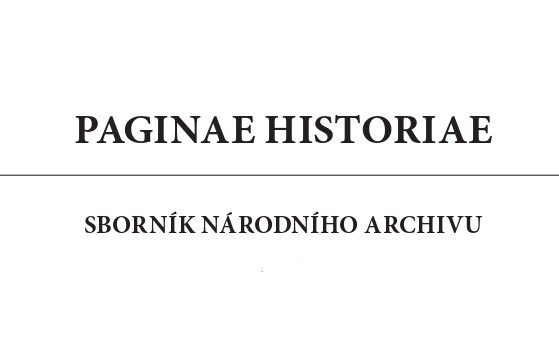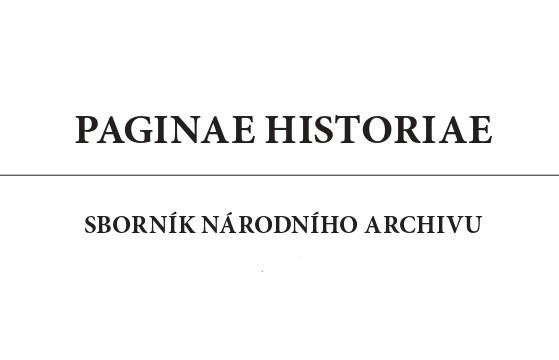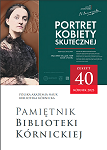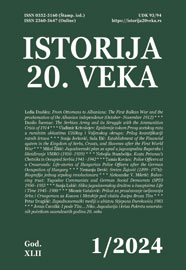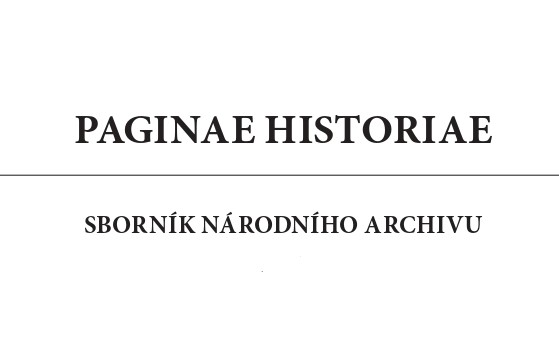Author(s): Miomir Gatalović / Language(s): Serbian
Issue: 1/2024
Kosovo and Metohija (KM) has been a territory inhabited by Serbs and Albanians for centuries. Like the entire Balkans, this territory found itself under different historical circumstances, especially by the arrival of Ottoman Empire in Europe, when ethnic situation changed to the detriment of the Serbian nation. During the period of the Kingdom of Serbs, Croats and Slovenians/Kingdom of Yugoslavia, there was several proposals to correct this situation and the implementation of bringing in Serbian colonist began, but this project was neither thoroughly thought out, nor fully implemented. The Albanian question was used by Italy, which supported irredentism and separatism, in an effort to break up Yugoslavia. After the occupation in 1941, the territory of the KM was first assigned to Italian-German occupation zone, and after 1943 exclusive to German one. Common to all occupation authorities was strong support to Albanian radical politics, as a result of which up to 100.000 Serbs and Montenegrins were expelled from the territory of KM and around 10.000 were killed. Even the establishment of new, socialist Yugoslavia didn’t improve the described situation. The largest number of refugee Serbs and Montenegrins are not allowed to return to KM, which legalized situation created during occupation, with the aim of pacifying the Albanian population by not opening the issues of war crimes and appropriation of Serbian and Montenegrin property. On September 3, 1945, the National Assembly of Serbia passed the Law on the Organization of the Autonomous Kosovo-Metohija Region, which separated the region from the maternal Republic of Serbia in an organizational sense, while the small number of Serbian and Montenegrin returnees met with strong opposition from the Albanians who treated them hostilely. The difficult life for Serbs and Montenegrins continued during the following decades, which led to their mass emigration to larger cities, mostly to Central Serbia. Bishop Pavle of Raška-Prizren Bishopric, the latter Patriarch of the Serbian Orthodox Church, left detailed information about this state od affairs. On the other hand, the Udba also compiled numerous reports that surprisingly coincide with the testemonies of Bishop Pavle. The political-party leadership in the territory of KM, where Albanians were the majority, kept the migrations quiet, while leaderships at the level of Serbia and Yugoslavia paid little attention to the aforementioned. After Fourth Plenum of the Central Commitee of League of Communist of Yugoslavia, the so-called the Brioni Plenum in 1966, the state policy of reaching out to the Albanian polulation, at the expense of the Serbian and Montenegin ons, in the territory of KM wad even more intensified. The significance of the Serbian question and the irredentist demonstrations of 1968 was also minimized by Josip Broz Tito, who justified the anti-Yugoslav sentiment of the Alabanians. Thus, from 1948 to 1981, the number of Albanians in the territory of KM increased from 68,45% to 77,5%, while that of Serbs decreased from 23,62% to 13,2% and Montenegrins from 3,85% to 1,7%.
More...
